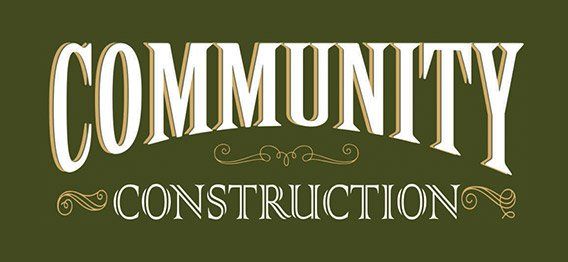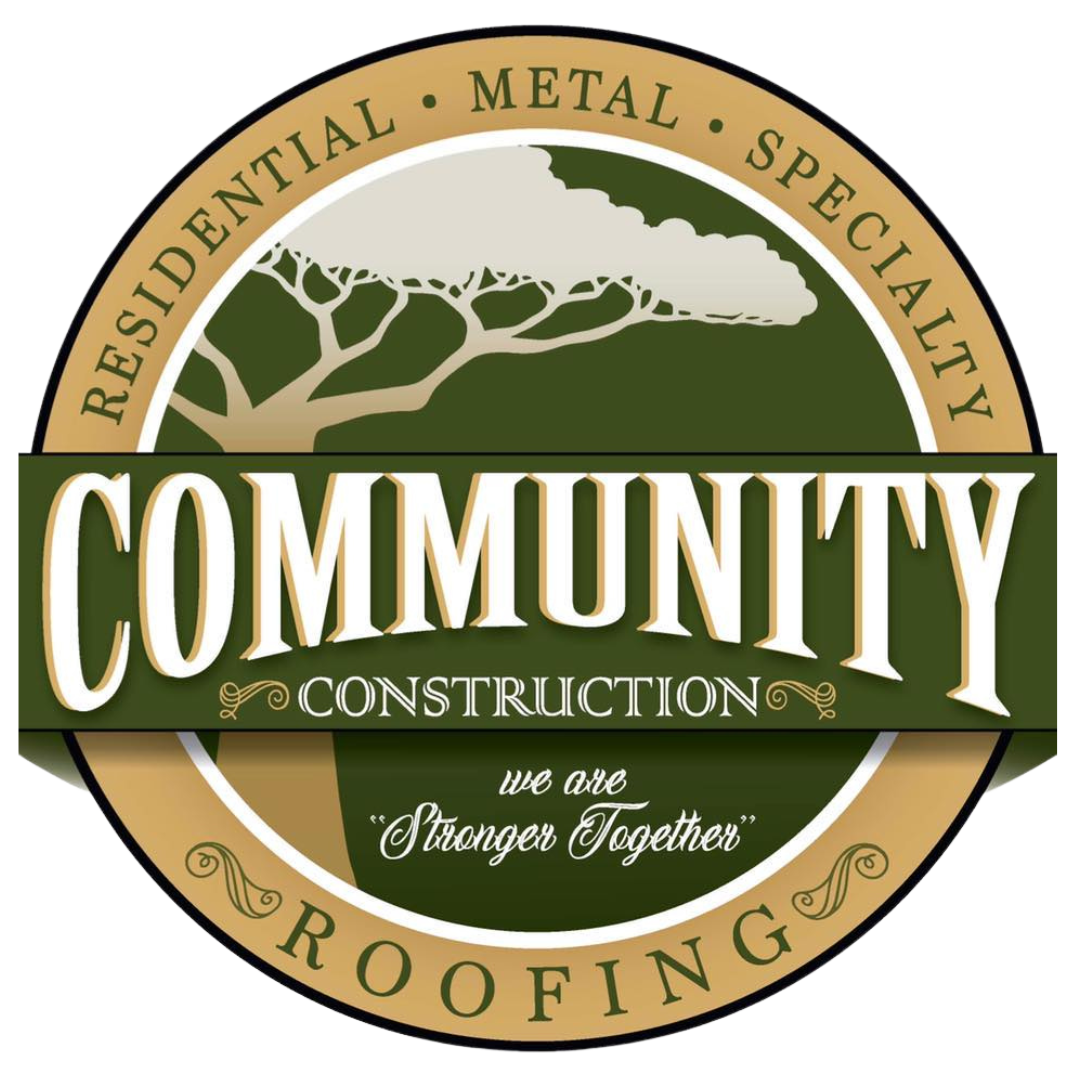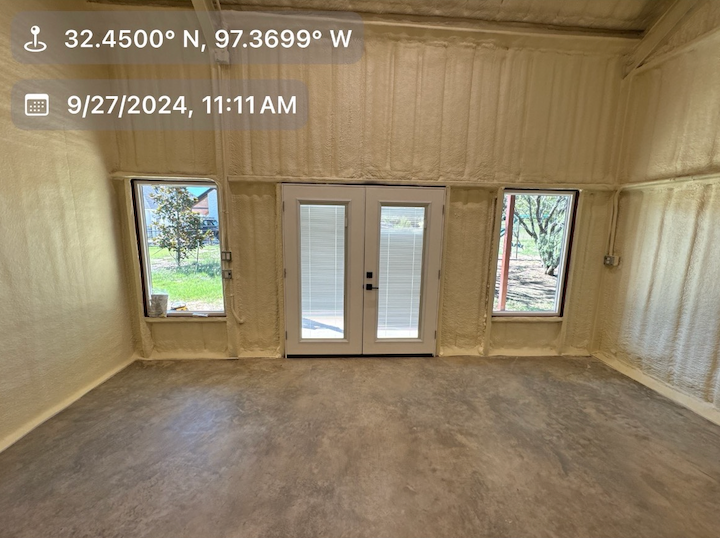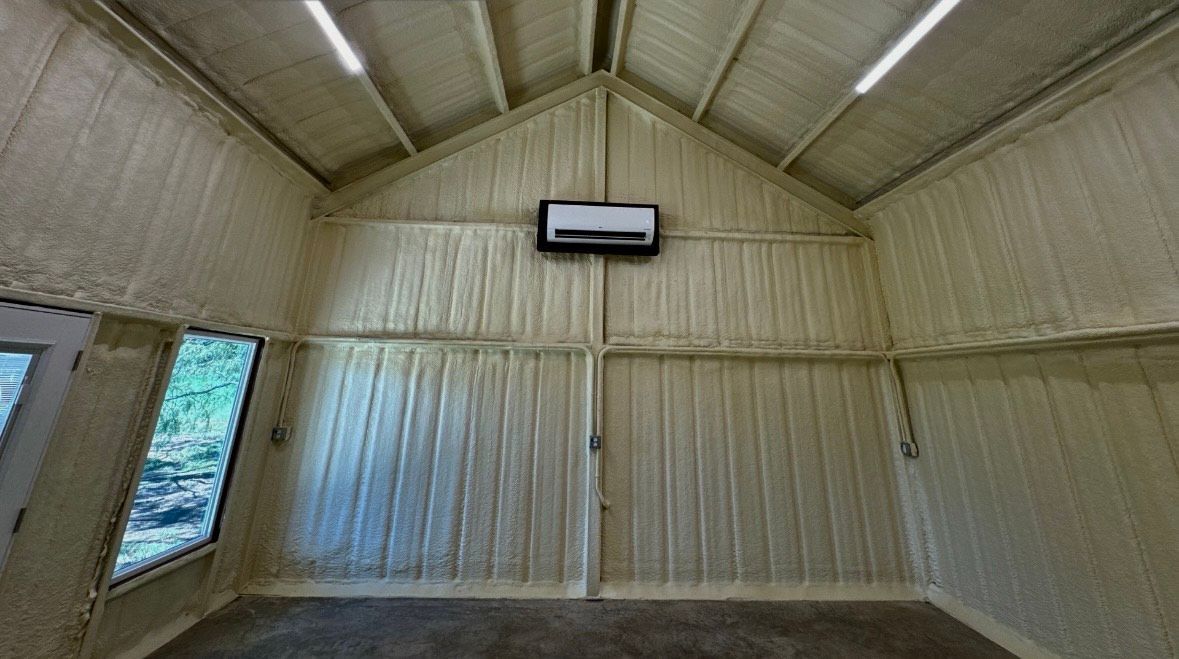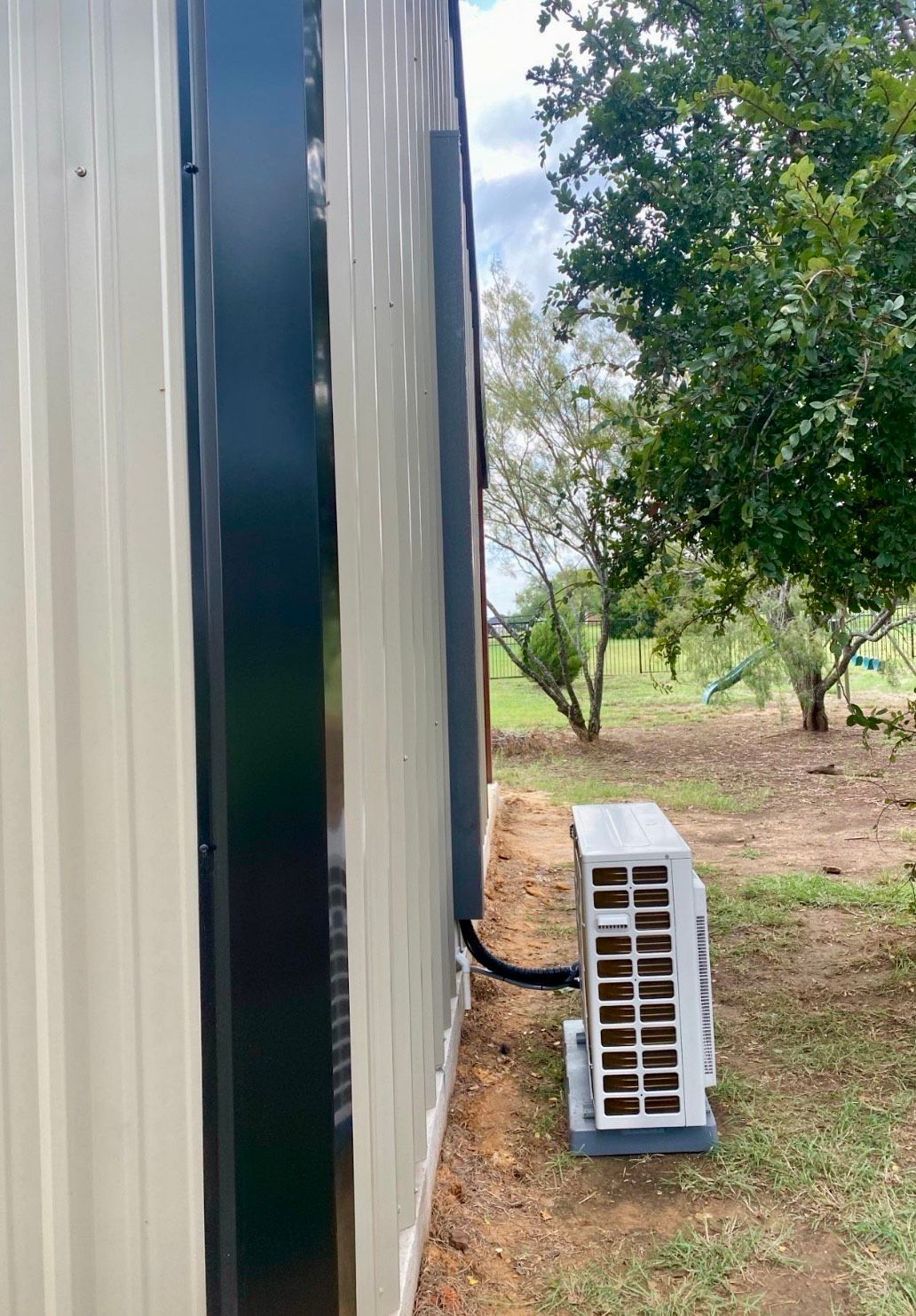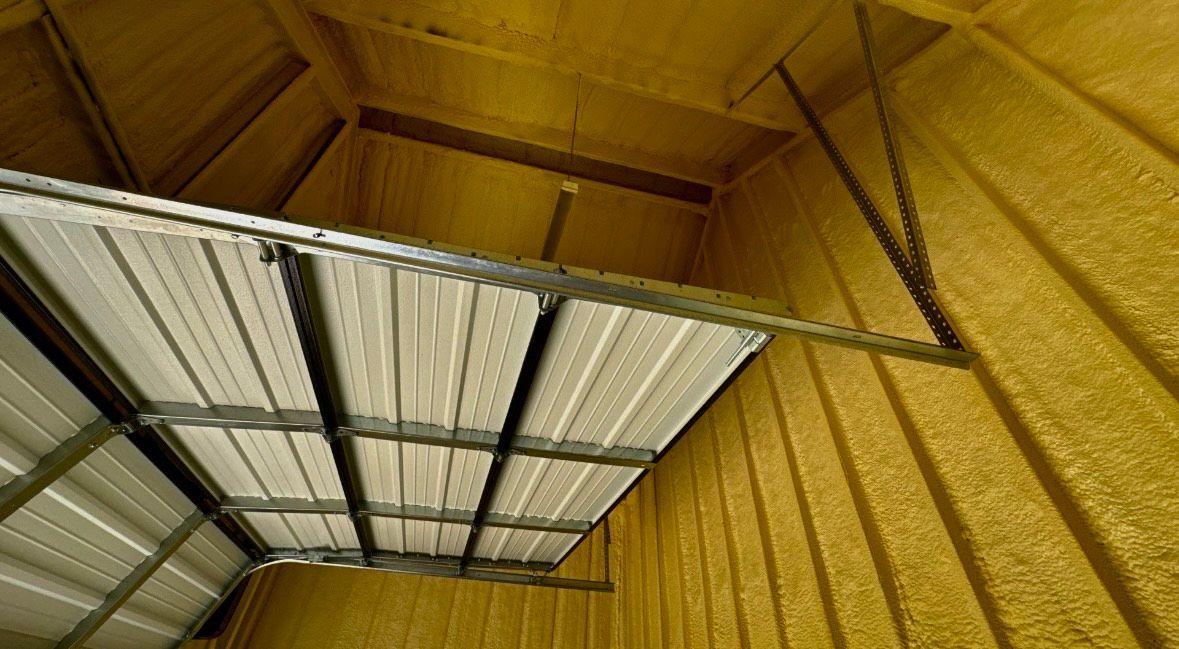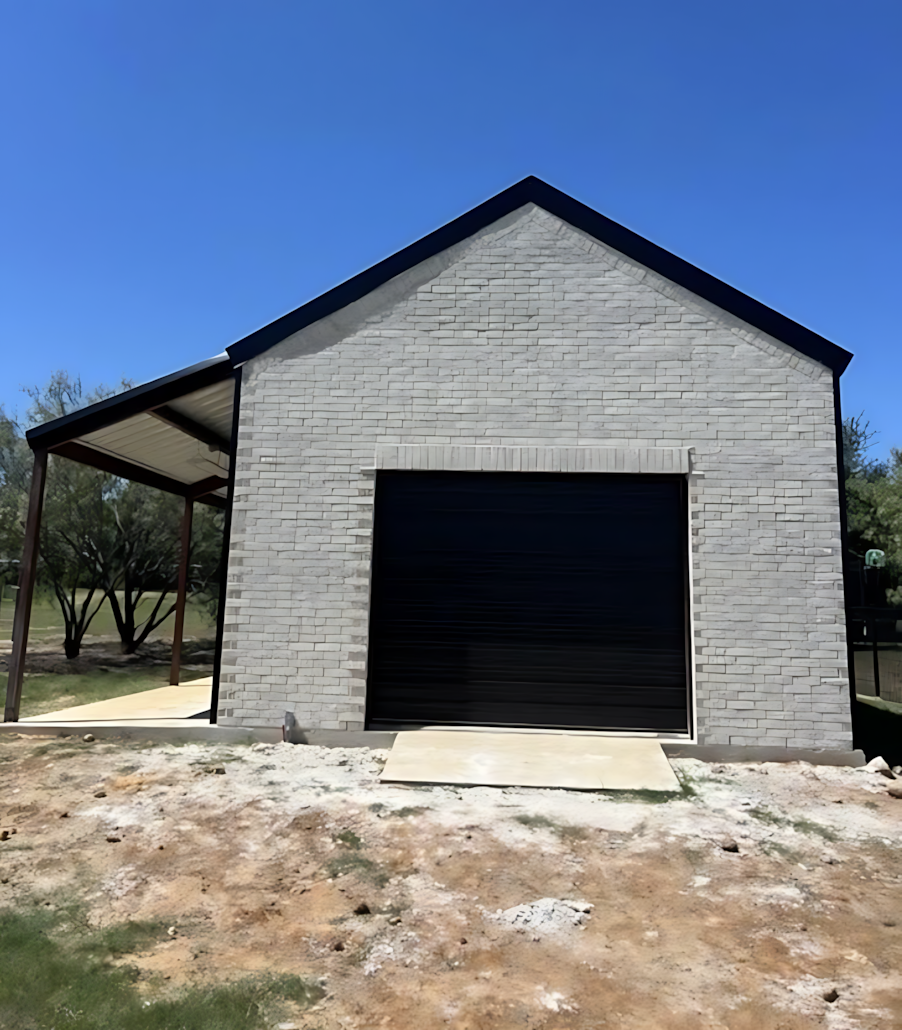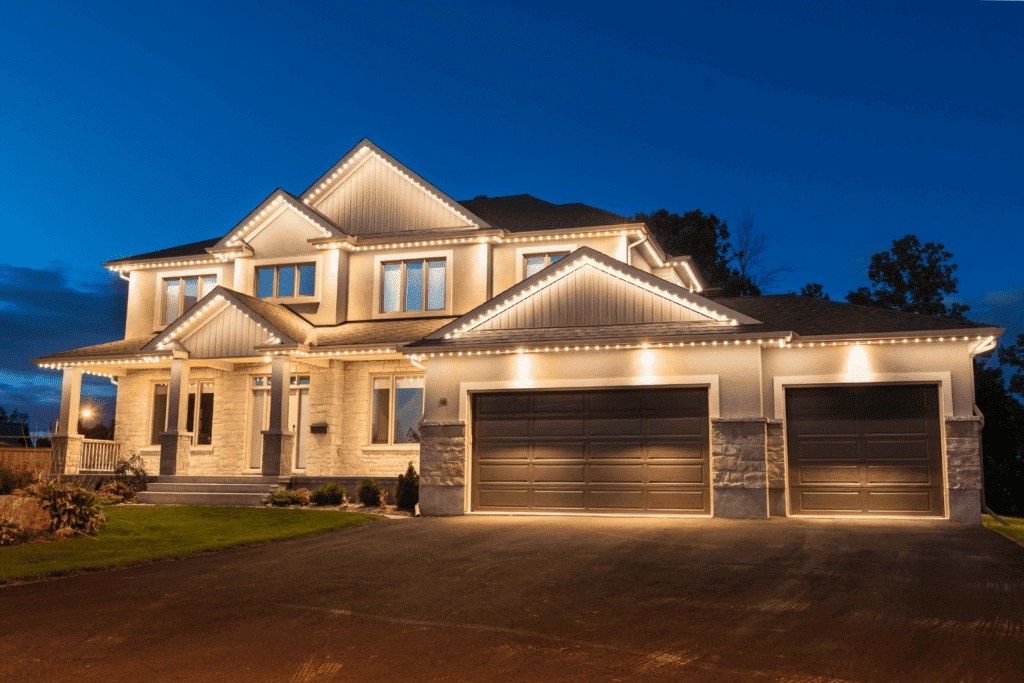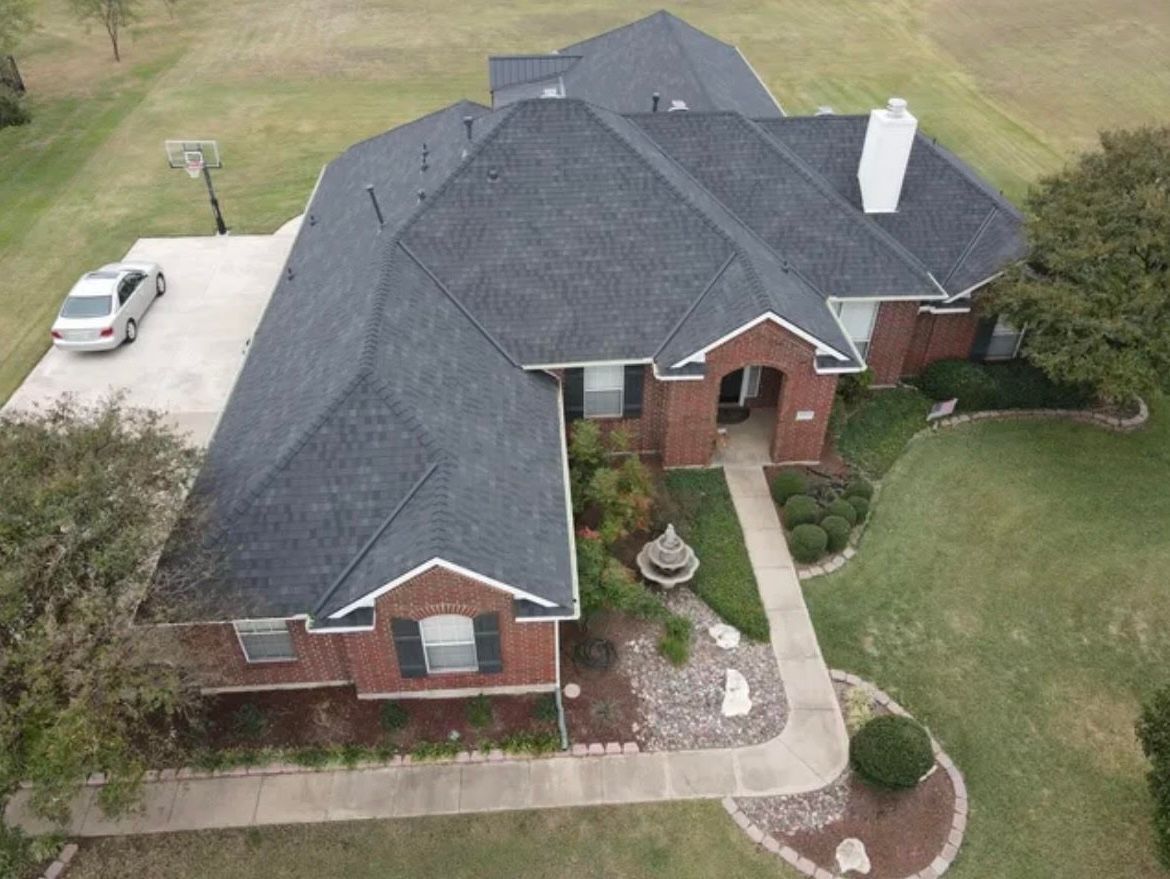Why Metal Buildings Are a Durable, Flexible, and Cost-Efficient Choice for Any Project
Building a metal building is a popular choice for many applications, from storage sheds to large commercial structures. Metal buildings offer durability, flexibility, and cost-efficiency. Here’s a comprehensive guide to help you through the process:
Planning and Design
1. Purpose:
Determine the primary use of the building (e.g., storage, workshop, office) to guide the design and size.
2. Location:
Select a suitable site that accommodates the building’s footprint and allows for future expansion if needed.
3. Design Specifications:
Work with an architect or use pre-engineered building plans from online. Decide on the building dimensions, layout, roof style, and any additional features like insulation, doors, or windows.
Permits and Regulations
1. Zoning Laws:
Check local zoning regulations to ensure your building complies with land use, height, and setback requirements.
2. Building Permits:
Obtain the necessary permits before construction begins. This may include submitting plans for approval and scheduling inspections.
Foundation
1. Site Preparation:
Clear and level the site. A well-prepared site ensures the foundation is stable and long-lasting.
2. Concrete Slab:
Most metal buildings require a concrete slab foundation. Follow proper pouring and curing procedures for a strong base.
Construction Process
1. Framing:
Erect the steel frame, starting with the main support columns and beams. Use cranes or lifts as needed for larger buildings.
2. Wall and Roof Panels:
Attach the metal panels to the frame, ensuring they are securely fastened and weather-sealed. Overlap panels properly to prevent leaks.
3. Doors and Windows:
Install doors, windows, and any other openings. Ensure they are weatherproofed and sealed correctly.
Electrical and Plumbing (if needed)
1. Wiring:
Plan and install electrical wiring for lighting, outlets, and any machinery or equipment.
2. Plumbing:
If the building requires plumbing, install pipes, fixtures, and ensure proper drainage and water supply.
Insulation and Ventilation
1. Insulation:
Depending on the building’s use, add insulation to regulate temperature and prevent condensation.
2. Ventilation:
Install vents, fans, or HVAC systems to ensure proper airflow and temperature control.
Finishing Touches
1. Interior Finishing:
Finish the interior as needed with drywall, paint, or other materials.
2. Landscaping and Drainage:
Ensure proper drainage around the building and consider landscaping to enhance the appearance and functionality. Gutters help with drainage issues.
Maintenance
1. Regular Inspections:
Check for signs of wear, rust, or damage. Address issues promptly to extend the building’s lifespan.
2. Cleaning:
Keep the exterior clean to maintain its appearance and prevent dirt or debris buildup.
Benefits of Metal Buildings
- Durability: Resistant to fire, pests, and weather extremes.
- Cost-Effective: Typically less expensive and faster to construct than traditional buildings.
- Low Maintenance: Requires minimal upkeep compared to wood or brick structures.
By carefully planning and following these steps, you can build a functional and long-lasting metal building tailored to your specific needs.
Let Us Make Your Metal Building Dreams a Reality
Give us a call for your next metal building project at 817-774-1298.
